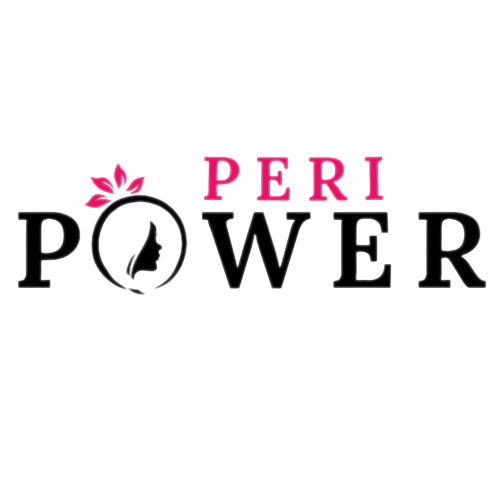Can Acupuncture Help With Perimenopause Symptoms?
YES — And Don’t Miss Its Self-Healing Sister, Acupressure 🌿✨
If you’ve been feeling like a stranger in your own body lately — from joint pain, insomnia, or anxiety, to skin changes, brain fog, or sudden waves of exhaustion — you’re not imagining things. You may be in perimenopause, a powerful hormonal transition that affects far more than only your reproductive cycle.
The good news that we have a gift from Traditional Chinese Medicine in the form of Acupuncture that can help with ANY Perimenopause Symptom.
According to Traditional Chinese Medicine (TCM), perimenopausal symptoms are not random or purely age-related. They often point to deeper imbalances in your body’s energy systems, especially in the flow of Qi (vital life energy) and the Yin-Yang balance that governs all physical and emotional states.
🌗 Understanding the Energetics of Perimenopause
In TCM, Yin represents the cooling, moistening, grounding energy — it supports sleep, emotional steadiness, tissue nourishment, and hormonal regulation. Yang represents heat, drive, metabolism, and activity. During perimenopause, Yin naturally begins to decline, which can result in Yang rising unchecked, leading to symptoms like:
Sleep disturbances or waking too early
Mood swings or emotional reactivity
Anxiety and racing thoughts
Digestive changes (bloating, constipation, sluggishness)
Joint pain or stiffness
Skin dryness or itchiness
Palpitations or nervous tension
Loss of libido or vaginal dryness
Fatigue and burnout
Instead of fighting these symptoms, TCM offers us ways to support the body’s return to energetic harmony.
💆♀️ Acupuncture: A Gentle Power Tool for Hormonal Balance
Acupuncture works by inserting tiny, hair-thin needles into specific points along the body’s meridians (energy channels). These points help:
Clear energy blockages
Nourish depleted Yin
Calm an overactive nervous system
Regulate organ function (like digestion, heart rhythm, hormonal cycles)
Ease emotional and physical tension
Personally, acupuncture was a game-changer for me. It played a huge role in relieving my joint inflammation, calming my system, and helping me reconnect with my body at a time when everything felt out of sync doctors were of no help. And it wasn’t just physical relief — it helped restore a sense of internal peace and clarity that helped me overcome the immediate pain to be able to think straight and help my mind and my body to further improve my condition.
✨ Acupressure: Acupuncture’s Empowering Sister
Not ready to book acupuncture? Want to support yourself at home between sessions? Enter acupressure — a needle-free, hands-on way to help yourself feel better, wherever you are.
Acupressure uses fingertip pressure on the same energetic points used in acupuncture. It’s a beautiful form of self-healing that can:
Ease anxiety or overwhelm (try Yin Tang, between the eyebrows)
Support digestion and energy (press Stomach 36, four fingers below the kneecap)
Relieve joint pain and nourish Yin (Spleen 6, on the inner lower leg)
Calm a busy mind and help you fall asleep (Heart 7, at the wrist crease)
Boost circulation and relieve fatigue (Kidney 1, on the sole of the foot)
A few deep breaths and two minutes of pressure on the right point can completely shift your mood, focus, or level of pain. And you can do it in your living room, before bed, or even while waiting in the car.
💫 Why This Matters Now
Perimenopause is not a disease — it’s a rite of passage. But without the right support, it can feel like a breakdown instead of a breakthrough.
TCM gives us a different lens: one where your symptoms are messages, not malfunctions. And with tools like acupuncture and acupressure, you have real, rooted, time-tested ways to restore balance — naturally, gently, and powerfully.
If you want to learn more, check my Free Guide that will give you the exact protocols for restoring your balance naturally.
